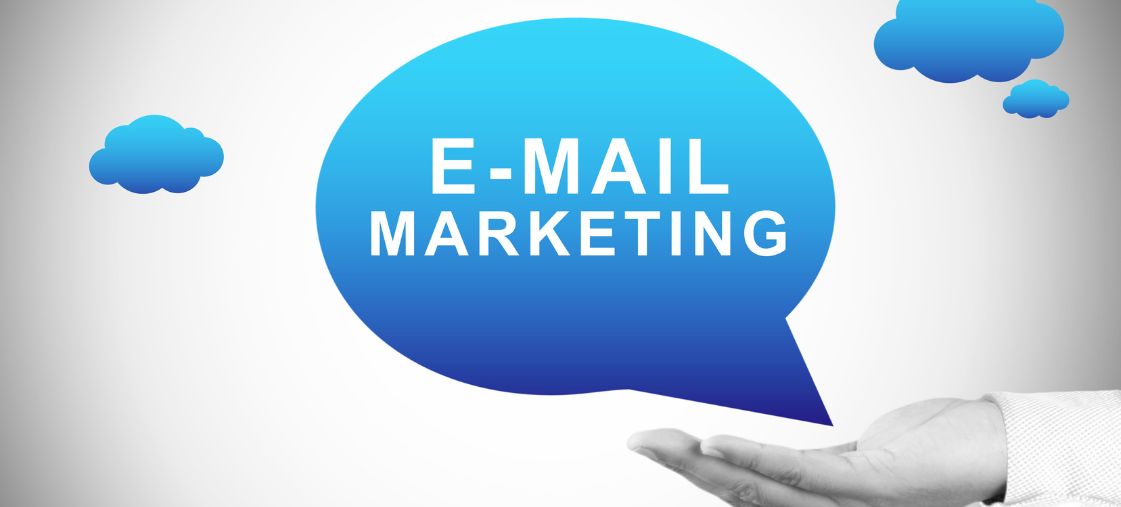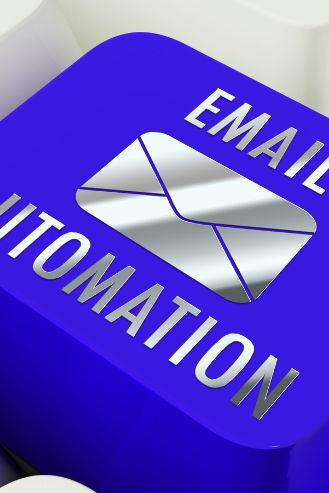
How AI-Powered Email Marketing Automation Is Revolutionizing Campaigns
AI-powered email marketing automation is transforming how businesses connect with customers, driving unprecedented engagement and conversion rates. As digital marketing evolves, artificial intelligence has emerged as the game-changing technology that enables marketers to create hyper-personalized campaigns at scale while optimizing every aspect of email strategy. This comprehensive guide explores how AI is reshaping email marketing and provides actionable insights for leveraging this technology.

Understanding AI’s Role in Modern Email Marketing
Traditional email marketing relied heavily on manual segmentation, basic automation rules, and educated guesses about customer preferences. Today, AI-driven email marketing platforms analyze vast amounts of customer data to identify patterns and preferences that would be impossible for humans to detect. This shift represents a fundamental change in how marketers approach campaign development, execution, and optimization.
AI technologies now power everything from subject line creation to send-time optimization, enabling marketers to:
- Predict which content will resonate with specific audience segments
- Determine optimal sending schedules for individual subscribers
- Automatically generate personalized content variations
- Identify at-risk subscribers before they unsubscribe
- Optimize campaigns in real-time based on performance data
Key AI Applications Transforming Email Marketing
1. Hyper-Personalization Beyond Name Tags
AI has elevated personalization far beyond simply inserting a subscriber’s name in the subject line. Modern AI systems analyze hundreds of data points—including past purchases, browsing behavior, email engagement history, and demographic information—to create truly individualized experiences.
These systems can automatically:
- Tailor product recommendations based on browsing and purchase history
- Adjust content based on engagement patterns
- Modify email design elements to match individual preferences
- Create dynamic content blocks that change based on subscriber attributes
2. Predictive Analytics for Campaign Optimization
AI-powered predictive analytics helps marketers forecast campaign performance and make data-driven decisions before sending a single email. These systems can:
- Predict open rates, click-through rates, and conversion potential
- Identify which segments will respond best to specific campaigns
- Forecast revenue potential from different campaign approaches
- Recommend improvements to boost performance metrics
3. Smart Content Generation
Creating compelling email content at scale is one of the biggest challenges for marketers. AI content generation tools now help by:
- Generating subject lines optimized for engagement
- Creating personalized email copy variations
- Suggesting improvements to existing content
- Optimizing calls-to-action based on historical performance
4. Send-Time Optimization
Rather than sending emails to everyone at the same time, AI determines the optimal delivery time for each individual subscriber based on their past engagement patterns. This approach has been shown to increase open rates by 25% or more in many cases.
Implementing AI in Your Email Marketing Strategy
Successfully integrating AI into your email marketing requires a strategic approach. Here are essential steps to follow:
Step 1: Audit Your Current Data Collection Practices
AI systems require quality data to function effectively. Before implementing AI tools, ensure you’re collecting relevant customer data including:
- Email engagement metrics (opens, clicks, time spent reading)
- Website behavior and browsing patterns
- Purchase history and product preferences
- Customer service interactions
- Social media engagement
Step 2: Select the Right AI-Powered Email Platform
When evaluating AI email marketing platforms, consider these factors:
- Integration capabilities with your existing tech stack
- Specific AI features that align with your marketing goals
- Learning curve and implementation requirements
- Scalability as your subscriber base grows
- Reporting capabilities and performance analytics
Step 3: Develop a Phased Implementation Plan
Rather than overhauling your entire email program at once, implement AI features gradually:
- Begin with AI-powered subject line testing
- Implement send-time optimization
- Add dynamic content personalization
- Integrate predictive analytics for campaign planning
- Explore advanced segmentation and journey mapping
Step 4: Establish Clear Performance Benchmarks
To measure AI’s impact on your email marketing, establish baseline metrics before implementation and track improvements in:
- Open rates and click-through rates
- Conversion rates and revenue per email
- List growth and unsubscribe rates
- Customer lifetime value from email subscribers
- Overall ROI of email marketing efforts
Overcoming Common Challenges with AI Email Marketing
While AI offers tremendous benefits, marketers often face several challenges when implementing these technologies:
Challenge 1: Data Privacy Concerns
As AI requires substantial customer data, privacy concerns have become increasingly important. To address this:
- Ensure compliance with regulations like GDPR and CCPA
- Implement transparent data collection policies
- Provide clear opt-in/opt-out mechanisms
- Use data anonymization where appropriate
Challenge 2: Integration with Existing Systems
Many organizations struggle to integrate AI tools with their existing marketing technology. To overcome this:
- Conduct a thorough audit of your current tech stack
- Prioritize AI solutions with robust API capabilities
- Consider middleware solutions for complex integrations
- Involve IT stakeholders early in the selection process
Challenge 3: Maintaining the Human Touch
While AI excels at optimization and personalization, maintaining authentic brand voice can be challenging. To balance AI efficiency with human creativity:
- Use AI for data analysis and optimization, not complete content creation
- Establish clear brand guidelines for AI-generated content
- Implement human review processes for critical campaigns
- Combine AI insights with creative human input
Future Trends in AI-Powered Email Marketing
The evolution of AI in email marketing continues at a rapid pace. Here are key trends to watch in the coming years:
1. Predictive Customer Journey Mapping
Advanced AI will increasingly predict entire customer journeys, automatically creating multi-touch email sequences based on predicted behavior patterns and data-driven content strategies that adapt in real-time to customer actions.
2. Voice-Optimized Email Content
As voice assistants become more prevalent, AI will help optimize email content for voice readability, ensuring messages remain effective when read aloud by devices.
3. Emotion-Aware Messaging
Emerging AI technologies can analyze emotional context and sentiment, enabling emails that adapt tone and content based on the recipient’s emotional state or preferences.
4. Autonomous Campaign Management
Future AI systems will autonomously manage entire email campaigns—from content creation to delivery timing and follow-up sequences—with minimal human intervention required.
Conclusion
AI-powered email marketing automation represents a fundamental shift in how brands connect with customers through the inbox. By leveraging artificial intelligence for personalization, optimization, and predictive analytics, marketers can create more relevant, engaging, and effective email campaigns that drive measurable business results.
The organizations that embrace these technologies today will gain significant competitive advantages through deeper customer insights, more efficient campaign execution, and improved marketing ROI. As native advertising and email marketing continue to converge, AI will play an increasingly central role in creating seamless, personalized customer experiences across all digital touchpoints.
To stay ahead in this rapidly evolving landscape, marketers should begin implementing AI capabilities incrementally, focusing on specific use cases that align with their business objectives while continuously measuring impact and refining their approach. The future of email marketing is intelligent, personalized, and data-driven—and that future is already here.


